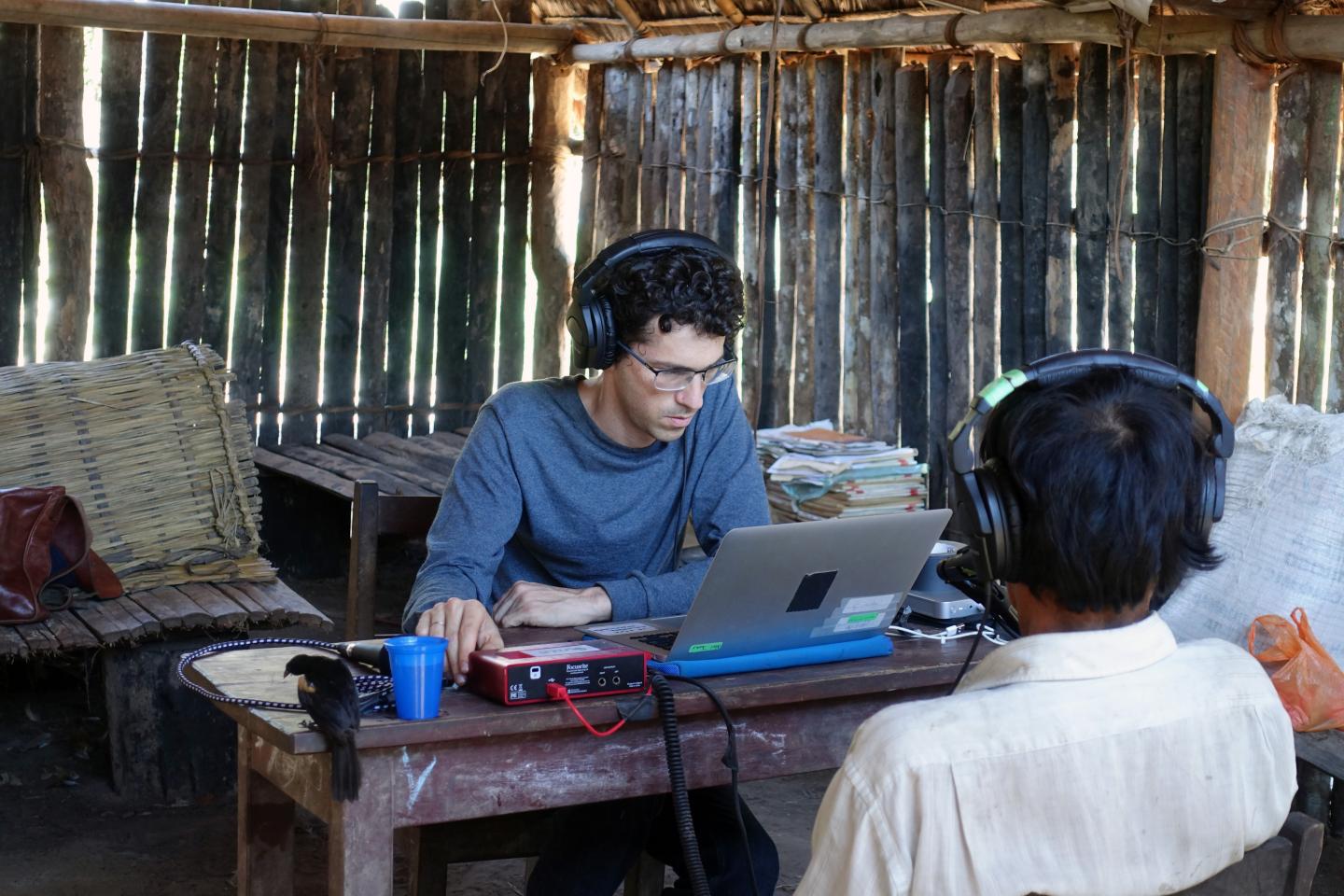Bolivian Rainforest People Perceive Musical Pitch Differently

Complete the form below to unlock access to ALL audio articles.
“Do-Re-Mi” may be fundamental to western music, but not to the human brain, suggests a fascinating new study that has assessed the ability of an isolated community of people living in the Bolivian rainforest to recognize musical notes arranged in the western octave structure.
Whilst American listeners were able to transpose heard notes down an octave to a pitch that they were able to sing, listeners from the Tsimané people did not adhere to the octave structure. Nevertheless, the study, published in Current Biology, did show that the upper limits of pitch are conserved between populations.
Many of us will have been exposed to musical notation at some point in our lives, but the fundamental structure of how we arrange music is as well-known. Western music is based around an eight-note scale, and the note one octave above any given note has a frequency twice as high. For example, middle C on a classically tuned piano has a frequency of roughly 260 Hz. The C that is eight notes above has a frequency of roughly 520 Hz and so on.
Given the pleasing mathematics behind the octave structure, we might expect that the human ability to transpose notes in octaves (if you can’t sing a high C, you might move it down eight notes to make it achievable for your vocal chords) is a conserved function of our biology. However, the current ubiquity of octave-based music has made it immensely difficult to rule out whether our octave instincts are simply learned from listening to music structured in such a format.
This challenge was taken up by a team of researchers from MIT, the Max Planck Institute for Empirical Aesthetics, and the Pontifical Catholic University of Chile. Josh McDermott, an associate professor at MIT’s Department of Brain and Cognitive Sciences and senior author of the study, commented, “It may well be that there is a biological predisposition to favor octave relationships, but it doesn't seem to be realized unless you are exposed to music in an octave-based system.”

Music to (American) ears
The team’s aim of finding ears unexposed to from western music led them to the Amazonian lowlands of northern Bolivia. This is the home of Tsimané, who have recently been noted by researchers for their incredibly resilient hearts, despite a regular 2700-calorie diet.
The octave study wasn’t McDermott’s first work studying the Tsimané’s isolation from western music. A 2016 study noted that Tsimané reacted differently to westerners in response to musical chords, rating note combinations that would be recognized as extremely discordant to western ears as equally pleasant to combinations that westerners tend to appreciate.
In their latest study, McDermott’s team undertook an experiment where listeners were played simple note sequences, such as “A”, “C”, “A”, and asked to sing the notes back. The notes could be from any octave that humans could easily distinguish (humans can perceive frequencies up to about 20,000 Hz, but musical instruments like the piano only reach 4,000 Hz, which also seems to represent the limit of our ability to distinguish between pitches) but the study participants sang back the notes in their natural singing range, which is typically a single octave. The American participants, especially those with music training, tended to repeat the note an exact number of octaves below or above the note they heard.
The Tsimané’s singing sounded quite different. “The relative pitch was preserved (between notes in the series), but the absolute pitch produced by the Tsimané didn't have any relationship to the absolute pitch of the stimulus," says the study’s first author Nori Jacoby. "That's consistent with the idea that perceptual similarity is something that we acquire from exposure to western music, where the octave is structurally very important."
Jacoby suggests that the American participants’ ability to reproduce a note easily across octaves may be learned over years by singing alongside people with different registers, or by singing alongside instruments.
The universal limit of pitch
A second stage of the study examined the limits of our ability to perceive pitch. That 4,000 Hz upper limit could have been due to one of two theories:
- The limit was culturally imposed by a lack of instruments able to play notes above this limit
- The limit was biologically imposed by our brain’s inability to distinguish frequencies above the limit
Tsimané instruments, McDermott noted, were often unable to reach 4,000 Hz, but the Bolivian listeners could distinguish pitches up to that point regardless, similar to American participants. This suggests, says Jacoby, that the pitch limit is indeed a biological, rather than a cultural constraint.
What biological process could be imposing this limit? One suggestion is that the neurons located in our inner ear are unable to fire fast enough in response to pitches above the limit, which means we lose our ability to distinguish pitch.
The authors will continue to explore the Tsimané’s listening ability, whilst increasing their effort to find participants from other cultural backgrounds.
McDermott suggests that a key facet of this research is the effort made to reach beyond the limited cultural background that defines most biological study cohorts, allowing the researchers to explore the human experience of perception in a more detailed way: “We're finding that there are some cross-cultural similarities, but there also seems to be really striking variation in things that a lot of people would have presumed would be common across cultures and listeners.”


